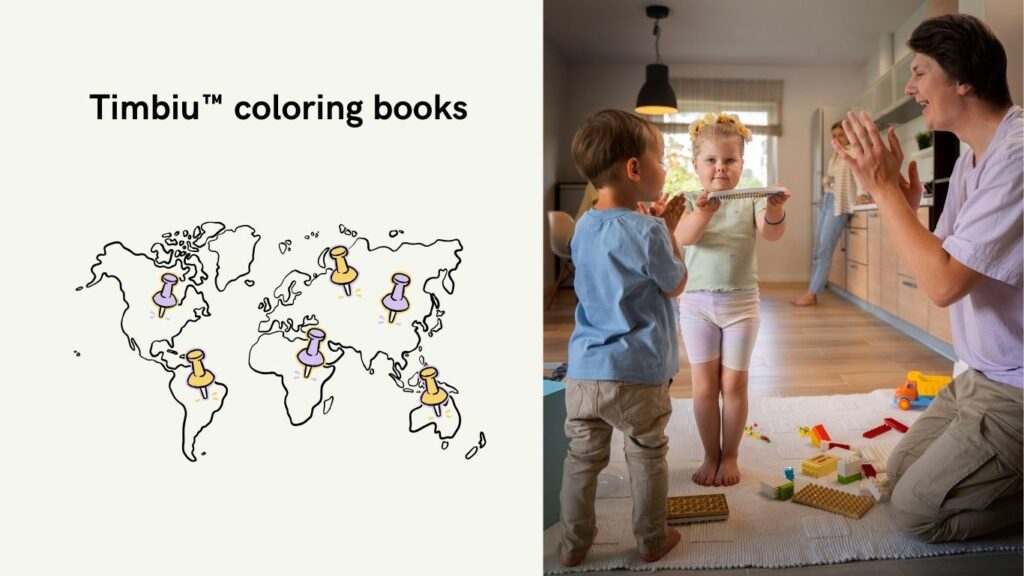Creativity is one of the most essential skills of the 21st century. Children who develop creative thinking are better at problem-solving, more adaptable, and more confident. Supporting creativity doesn’t require expensive toys or complex methods—just the mindful presence of adults and a few simple actions.

- Allow Your Child to Experiment
Instead of imposing ready-made solutions, encourage your child to explore and test ideas independently. For instance, when drawing, don’t correct their work; instead, ask, „What inspired you to use these colors?”
- Create a Space for Free Play
Set up a corner at home where your child can paint, build with blocks, or create their own stories. Let it be a place where rigid rules don’t apply, and imagination reigns.
- Discover the World Together
Daily walks, museum visits, or cooking together are excellent opportunities for conversations and asking questions like, „What do you think would happen if…?” Such questions stimulate thinking and encourage creative thought.
- Appreciate Effort, Not Just Results
Instead of praising only the final outcome („Beautiful drawing!”), focus on the process: „I see you spent a lot of time on this picture. Would you like to tell me about it?” This builds self-worth and motivates further action.
- Be a Patient Guide
Children learn by imitation. Show that you’re also curious about the world, ask questions, and aren’t afraid to make mistakes. Your approach will be the best model for your child.
Supporting creativity in children is an investment in their future. Through daily, simple actions, we can help them develop skills that will be crucial in adult life. Remember, every child has immense creative potential—our task is to recognize and nurture it.
📌Source:
- 10 tips for cultivating creativity in your kids | ideas.ted.com
- 8 Ways to Teach Kids Creative Thinking – Waterford.org
- The Whole Child – For Early Care Providers – Creativity and Play – PBS
- Encourage creativity in your child – American Heritage Schools
- Boost Kids’ Creativity: Development Strategies for Parents – Children’s Art Place
- 4 Tips for Encouraging Creativity in Children – Nationwide Children’s
- Six Ways to Help Kids Grow Their Creativity – Greater Good Science Center
- Cultivating Creativity and Innovation: Experiences and Activities – Virtual Lab School
- 9 Simple Ways to Encourage Creative Play in Your Kids – Begin Learning
- 13 Activities to Foster Creativity in Kids – Mental Health Center Kids
- Supporting the Development of Creativity | NAEYC
- Learning through play – Wikipedia
- Image by freepik
- YouTube https://www.youtube.com/watch?v=377Gi1xHPeo
The content published on the website www.timbiu.com is provided for informational and educational purposes only. It is based on carefully selected sources, including industry publications, educational materials, and publicly available data. We strive to ensure that the information presented is accurate and up-to-date at the time of publication. However, www.timbiu.com cannot be held responsible for any errors, omissions, or inaccuracies in the content, nor for any consequences resulting from its use. Users are encouraged to verify the information independently or consult with relevant professionals before acting upon it.
